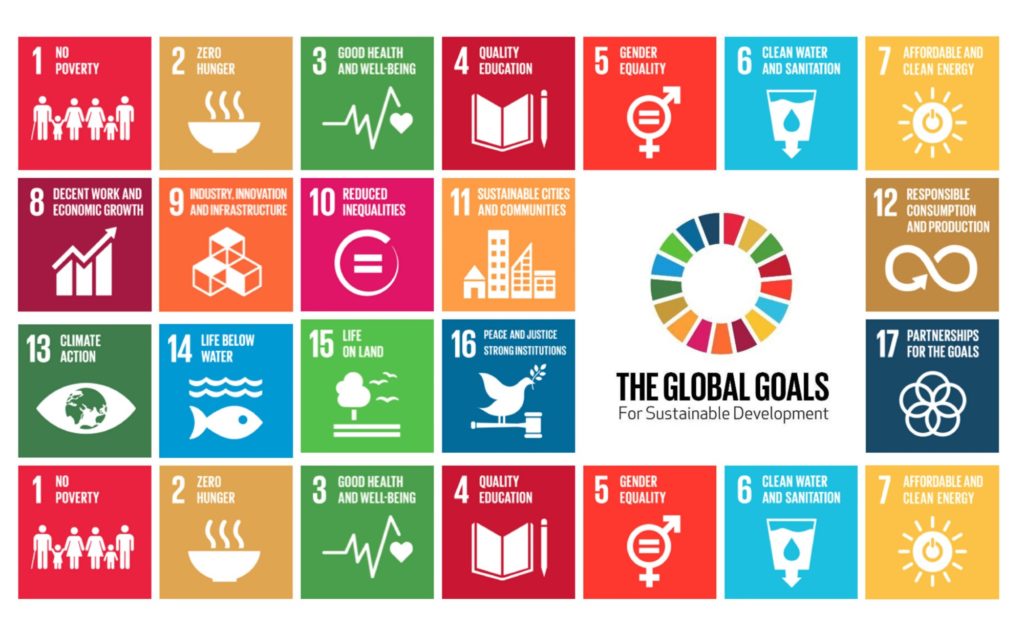How can companies use the UN Sustainable Development Goals for sustainability reporting?
In 2015, the United Nations agreed upon a common agenda to end poverty, fight inequality and injustice, and to protect the planet. Since then, the UN 2030 Sustainable Development Goals (SDGs) has become the point of reference.
71% of the business leaders plan to or already do engage with the SDGs. While some organisations have taken on the SDGs as a strategic challenge, adapting their business models and analyse their supply chains across economic, social and environmental impacts, others have simply used the SDGs for communication purposes, to align their activities with the international agenda on sustainability.
Currently there exist several different approaches to aligning business models with the SDGs’ 17 goals and indicators developed by the UN-backed Inter-agency Expert Group.
a.) Using international reporting frameworks on sustainability reporting (such as the Global Reporting Initiative (GRI)) as the base and linking it with key SDGs.
b.) Using the SDGs as the principle framework for sustainability reporting and referring to other standards (such as GRI, ISO, or the UN Global Compact), where necessary.
c.) Using the SDGs as the only framework for sustainability reporting.
All reporting efforts can quickly backfire if an organisation’s existing activities are simply tagged with related SDGs. A process that is rapidly becoming known as “SDG-washing”.
Irrespective of the approach chosen, clear steps should be taken to incorporate the SDGs into an organisation’s business model.
Stakeholder engagement and the focus on material topics to determine measurable goals and objectives are necessary to demonstrate impact on the world’s most pressing issues.
If you would like to learn more about how your company can produce sustainability reports in accordance with the SDGs, and how to avoid the pitfalls of SDG-washing, join us at our workshop in January 2019.


